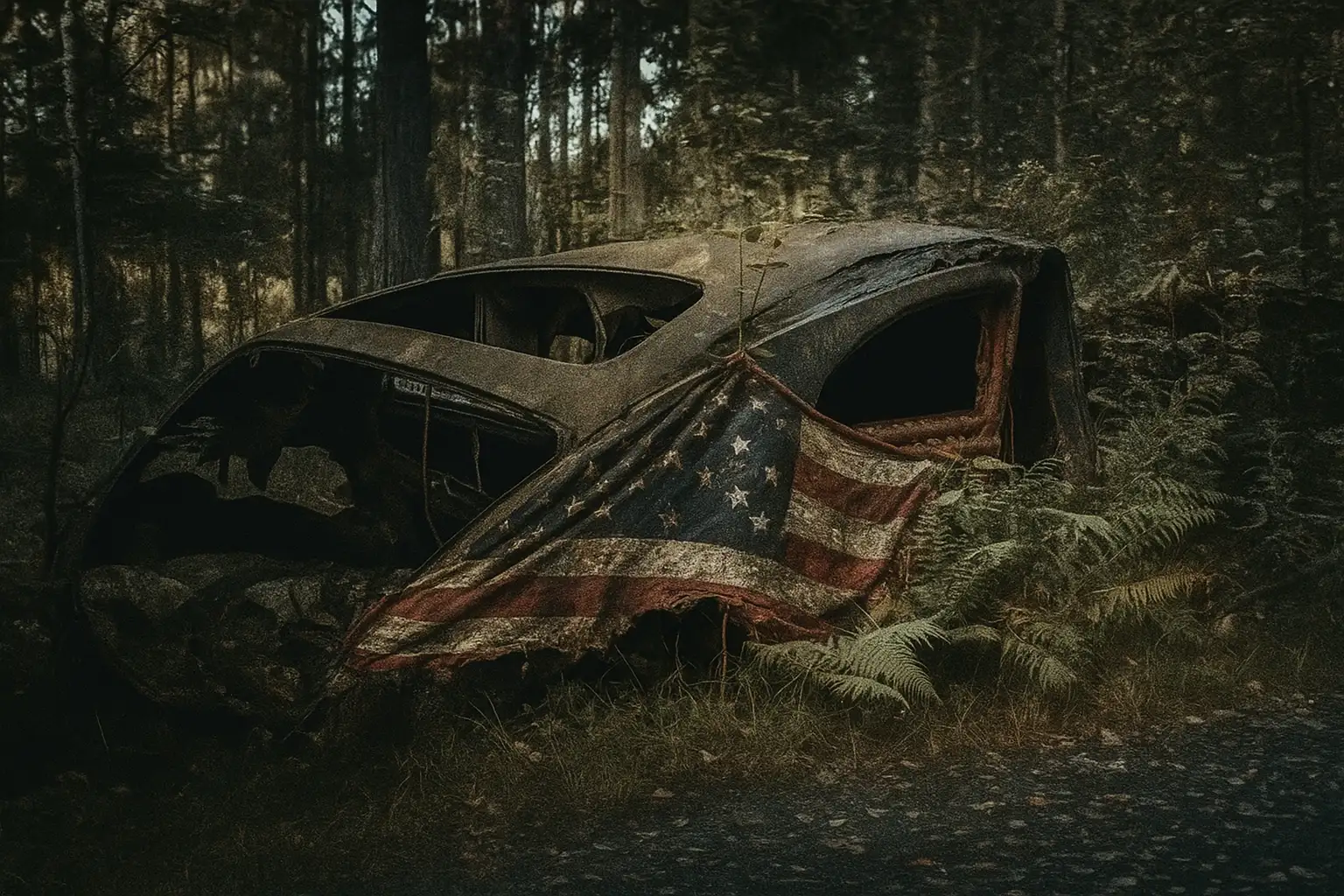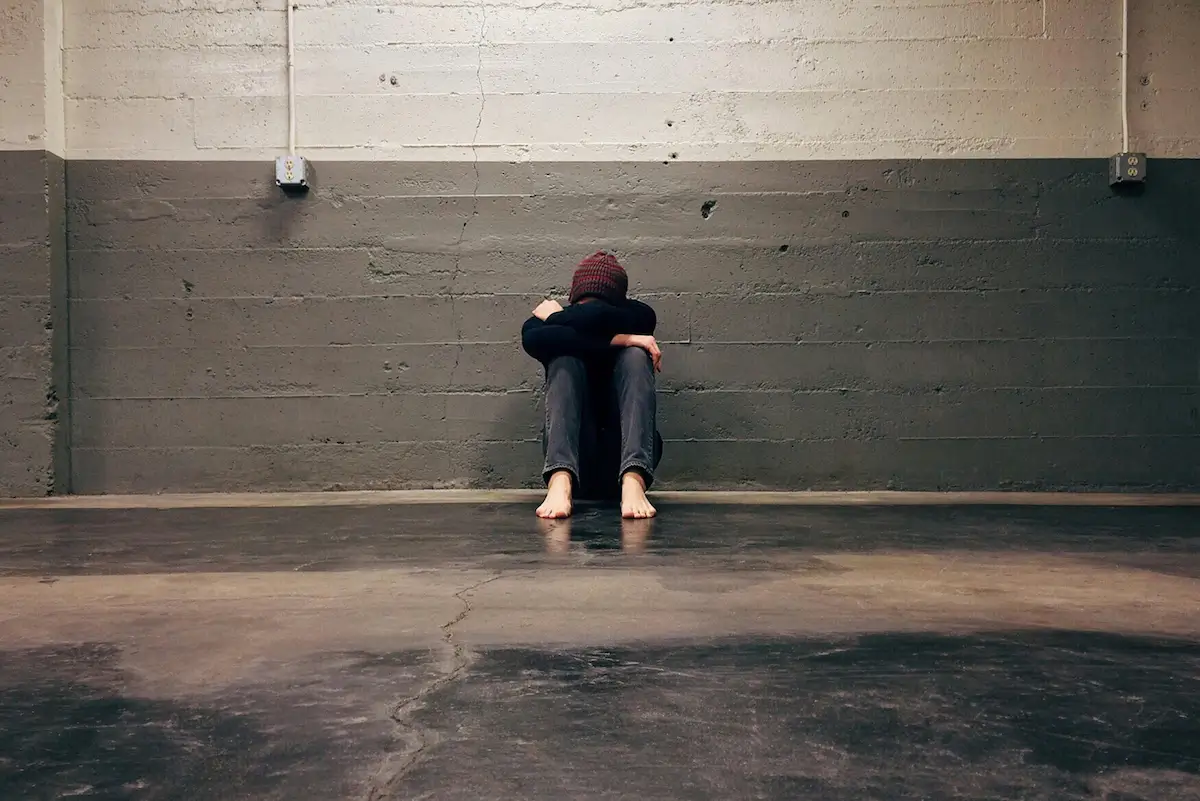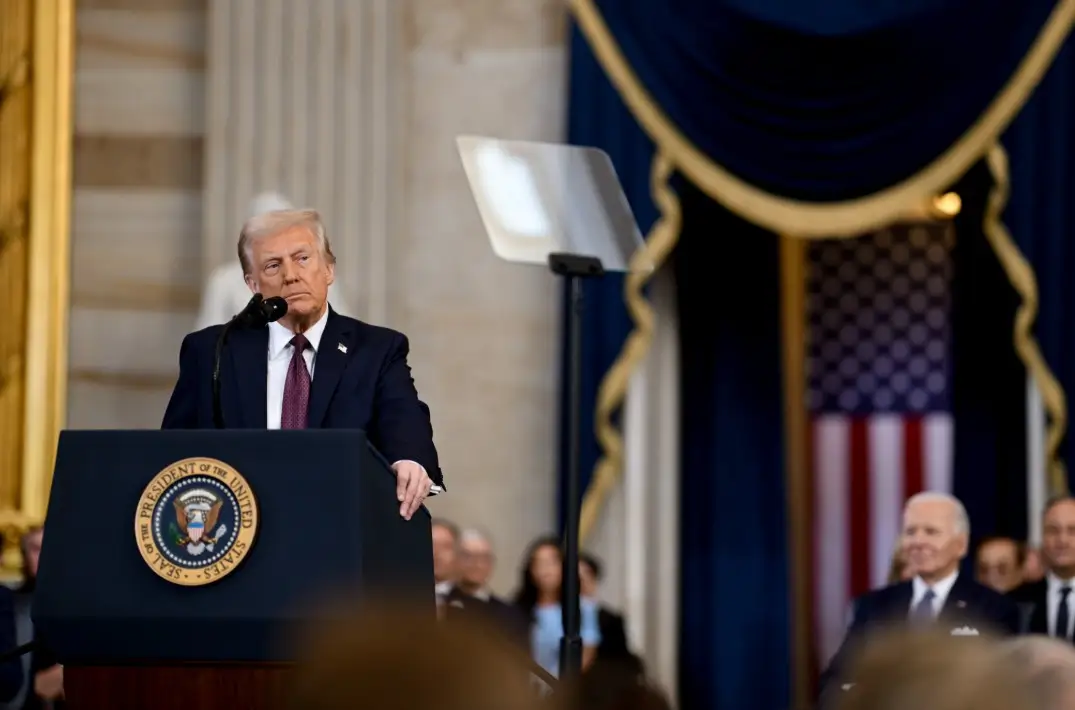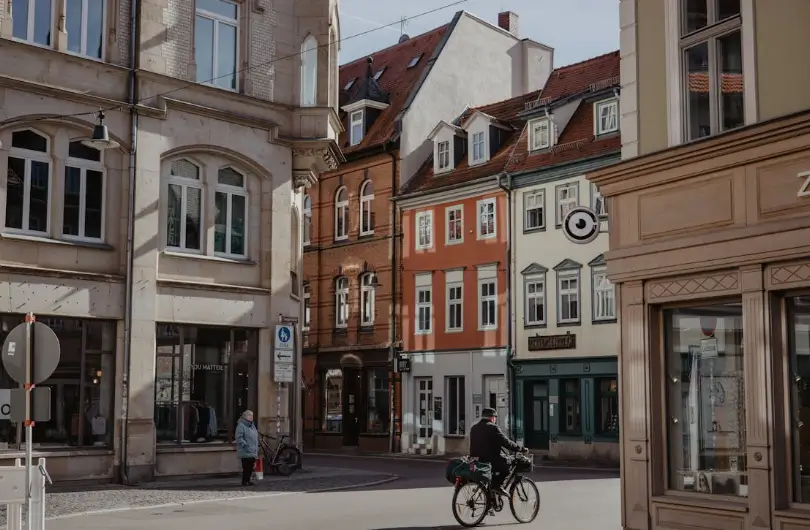Cars Are Destroying America, One Mile Per Hour at a Time
More Americans have died in car crashes since 2000 than in both World Wars combined.
Each year, cars kill over 40,000 people in the U.S. That’s a 9/11-level tragedy every single month. And we call it “normal.”
But the real damage? It’s slower. Quieter. It’s how cars have quietly stolen our cities from us. Not all at once, mind you, but one mile per hour at a time.
By paving over parks and porches, we paved over connections and made it so that seeing a friend, getting to a job, or taking your kid to school without a car became nearly impossible. We told Americans that driving was freedom. But how is spending 20 to 25% of our income toward owning and maintaining a vehicle freedom?
Now, we're building neighborhoods where walking is dangerous, buses are unreliable, biking is a risk, and every destination is just out of reach unless you’re behind a wheel.
The sinister part to all of this is that it didn’t happen in one big moment. It crept in, silently, street by street, lane by lane, regulation by regulation.
And the longer we let it go on, the harder it will be to turn around.
One Car Per Person, One Parking Spot Per Place
The American dream has four wheels and a designated parking space.
Somewhere in our not-so-distant history, we decided that a car was a requirement for being a functional adult.
Need groceries? Drive.
Need a job? Drive.
Need a doctor? Drive.
Want to see a friend? You’d better hope they have a driveway.
We've built an entire country on the assumption that everyone drives, everywhere, all the time, and we’ve reshaped our neighborhoods to reflect that. We’ve traded front porches for garages. Tree-lined streets for turning lanes. Local stores for chain gas stations.
And all of it—every sprawling development, every soulless strip mall, every lifeless cul-de-sac—needs parking. Lots of it.
Some cities require two parking spaces per housing unit. Others force small businesses to pave over anything and everything in their paths just to meet arbitrary parking minimums.
It's soul-crushing, but we don’t plan around people. We plan around parking lots.
And here's the kicker: this futile effort is not even solving the problem. Congestion still exists. Streets still flood. Housing is still unaffordable. And yet, we’re still clinging to this one-car-per-person fantasy like it’s the only thing holding society together.
Reality check.
What it’s really doing is tearing it apart.
The Slower the Streets, the More We Lose
No, not slower in speed but slower in spirit. Streets designed for throughput rather than people. The kind where every street ignores human life only to calibrate car movement. Wide lanes, fast curves, no sidewalks, no shade. No life.
Try walking with your kid down a stroad. Try biking to school. Try crossing a six-lane arterial with a stroller.
Are you brave enough to do it? Some people don't have the option not to be.
You’ll feel it in your chest: this place was not made for you.
It was made for the car.
But here's the funny-but-not-so-funny part: the more we design for it, the more we need it. You can’t just choose not to drive when the grocery store is two miles away across a freeway. You can’t bike to work when there’s no shoulder and 55 mph traffic. So we drive. Even if we don’t want to.
Every “no other choice” trip reinforces the system. It’s a cycle. A trap. And it’s costing us everything. And for some unfortunate ones, everything truly meant everything.
The Hidden Toll
We would like to believe that car culture is neutral. But it isn't. It's actually quite expensive. It’s painfully isolating. And for many people, it’s dangerous.
As mentioned earlier, people living in car-dependent areas spend 20–25% of their income on transportation. That’s more than healthcare. For low-income households, it’s even worse!
And then there’s the violence.
Traffic crashes are a leading cause of death for children. Pedestrian fatalities are rising. Air quality near highways shortens lives. And still, we frame cars as the embodiment of safety.
What we’re really doing is trading convenience for survival, and we’ve convinced ourselves it’s normal.
So What Now?
Something has to change. We can't expect different results by doing the same thing we’ve been doing for decades. So the real question is: are we going to keep sending people our prayers when a car strikes again? Or are we going to finally do something about it?
Change doesn’t mean banning cars, but it does mean choosing balance.
We can work to build cities where walking feels—and is—safe. We can invest in transit and different transportation options. We can free bikes from being death wishes. We can encourage an urban landscape where proximity matters more than speed.
Zoning codes can shift. Parking minimums can be eliminated. Streets can be redesigned. These ideas are not radical—just overdue. Because the America we’ve paved over isn’t the one most people want. They want neighborhoods, not drive-thrus. Parks, not parking lots. Community, not commutes.
And we can have that. But we have to stop designing for cars first.
Final Thoughts
We may see cars as just tools. And physically, that's what they are. But look a little further and you'll see that they are much, much more. They’re policies. They’re choices. And every street widened, every setback increased, every sidewalk scrapped is a choice made in their favor.
If we want a better future, we need to make different choices.
Not all at once.
Just one mile per hour in a different direction.
Want to know what else is destroying America? Check out Built to be alone. How urban design is fueling loneliness epidemic
%20(1200%20x%20237%20px)%20(300%20x%2059%20px).webp)


.webp)


